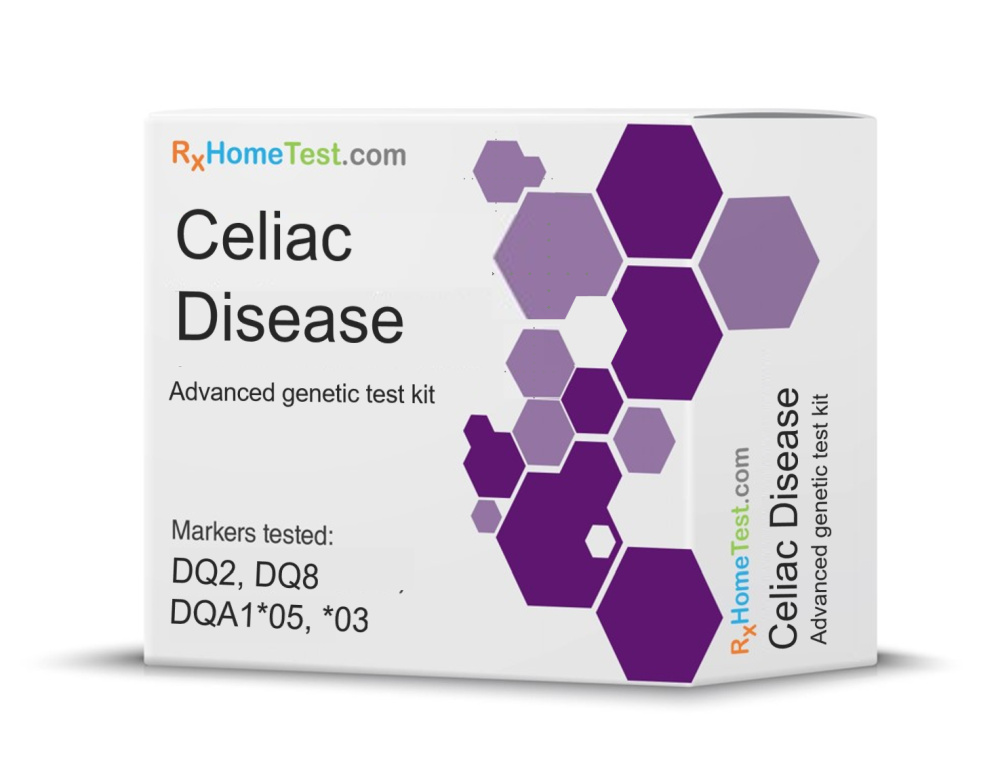
Looking for gluten-free grain substitutes? Discover delicious and nutritious replacements, such as quinoa and buckwheat, to add variety to your diet.
The thought of living without traditional grains can seem daunting for individuals with celiac disease. However, there’s a wide variety of tasty and nutritious alternative grains that you can enjoy in your gluten-free diet. Below, we list some delicious replacement grains for gluten-free diets, offering helpful information and tips for incorporating them into your meals.
Quinoa, originating from South America, is a versatile pseudocereal that’s naturally gluten-free. It’s rich in essential amino acids and a great source of fiber, making it an ideal choice for those avoiding gluten. Some of the benefits of quinoa include:
High protein content
Rich in minerals such as magnesium, iron, and manganese
Easy to digest
You can incorporate quinoa into your diet by using it in place of rice or couscous, adding it to salads or soups, or even making quinoa porridge for breakfast.
Despite its name, buckwheat is a gluten-free seed with no relation to wheat. It’s a highly nutritious grain alternative packed with protein, fiber, and various vitamins and minerals. Buckwheat offers several advantages:
Contains antioxidants
Low glycemic index
May help control blood sugar levels
Buckwheat is available in various forms, such as whole groats, flour, and noodles. You can use it to make pancakes, add it to salads, or use it as a base for porridge.
Millet, an ancient grain, is another excellent gluten-free alternative. It’s a staple in many traditional recipes around the world and comes in various forms such as pearl, foxtail, and finger millet. Millet boasts the following benefits:
Rich in vitamins and minerals
High in antioxidants
May help lower inflammation and cholesterol levels
You can use millet in place of couscous, cook it like rice, or even use it as a base for gluten-free pizza crusts.
Sorghum is a gluten-free grain many farmers cultivate in Africa, Asia, and the Americas. It’s an excellent source of fiber, protein, and various essential nutrients. Some notable advantages of sorghum include:
High in antioxidants
High in phytochemicals
May help decrease inflammation and improve digestion
You can grind sorghum into flour and use it for baking, pop it like popcorn, or cook it in a similar manner to rice and quinoa.
Living a gluten-free lifestyle doesn’t mean you have to give up grains entirely. By incorporating some of these delicious replacement grains for gluten-free diets, you’ll add variety to your meals and enjoy a host of health benefits.
The chart below shows different proteins found in grains and how they are related. Note that Oats are fundamentally different grains, but some might still observe sensitivity to them. Sometimes they might be contaminated while processing in the same facility with gluten containing grains, i.e., wheat, rye, barley or triticale.

If your family has a history of gluten allergy, consider taking RxHomeTest’s celiac genetic test to get an accurate assessment of your family's risk of celiac disease. The test checks for genes responsible for causing gluten allergy. A negative test is very useful, since gluten allergy is almost never observed among those testing negative.
You may not need to avoid all gluten and can still enjoy some of your favorite grains if you don’t have celiac disease. If you do, you’ll find plenty of gluten-free alternatives to enjoy. Either way, knowing your status helps ensure you maintain a balanced and healthy diet for optimal health.

Order an At-Home Celiac Genetic Test.
Celiac – FAQs - key facts about gluten intolerance.
Are Oats Gluten Free? - learn why they are not always safe to eat.
The Differences Between Genetic and Antibody Celiac Tests - a summary of key differences.
Early Warning Signs for Celiac Disease To Look Out For - a summary of key symptoms.
Five Negative Impacts of Gluten-Free Diet - learns about the risks.
Food Allergies vs Food Sensitivities: What’s the Difference? - a few simple steps to differentiate.
A Brief History of Gluten-Free Diet - learn the fascinating history of this latest trend.
Food Allergies in Children - a short summary.